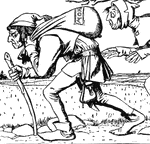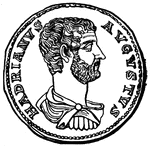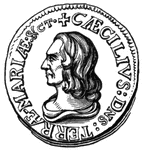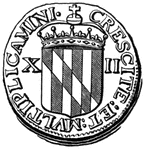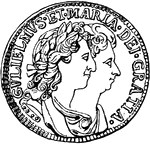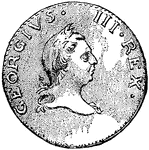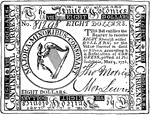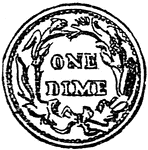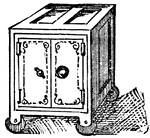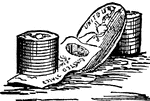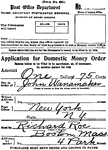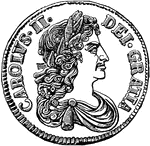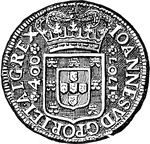
Edward Lear
There was an old man of Kilkenny; Who never had more than a penny; He spent all that money; In onions…

Young Lambs
Young lambs to sell, young lambs to sell. If I had as much money as I could tell, I never would cry…

Young Lambs
Young lambs to sell, young lambs to sell. If I had as much money as I could tell, I never would cry…

Mullet
"Mullet, known as Florida's "money fish" are caught in large quantities in Florida, particularly along…
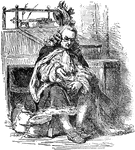
King in the Counting-House
Sing a Song of Sixpence. The king was in his counting-house, counting out his money.
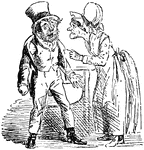
Little Old Couple
"My little old man and I fell out; I'll tell you what 't was all about,--I had money and he had none,…

Representation of 1775
Virtual representation, 1775. 1. One String Jack, Deliver your property. 2. Begar, just so in France.…

Continental Bills
Fac-simile of the Continental Bills. The paper on which these bills were printed was quite thick, and…

Pine-Tree Shilling
The Pine-Tree Shilling. This is a fac-simile of the first money coined in America. The mint-master,…
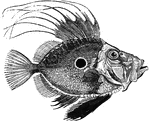
John Doree
"Average weight five pounds; found on the European coasts, and celebrated for the delicacy of its flesh.…

Walnut Street Prison
"The Walnut Street Prison. This edifice was erected in 1774, and taken down in 1836. The beautiful new…
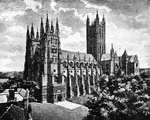
Canterbury Cathedral
"Canterbury Cathedral, which was a key place during the contest with King John. In the quarrel with…

Charles I
"Charles I (1625-1649) was a far abler ruler than his father. He was a man of greater courage and more…
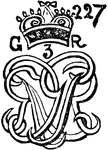
Stamp Act
"Stamp from the Stamp Act. The first direct issue of importance between the colonies and England came…
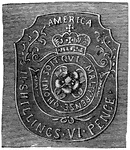
Stamp Act
"Stamp from the Stamp Act. The first direct issue of importance between the colonies and England came…

Drachma
"The principal silver coin among the Greeks. The two chief standards in the currencies of the Greek…

Drachma
"The principal silver coin among the Greeks. The two chief standards in the currencies of the Greek…
Wampum
A wampum was made of pieces of shining shell, strung, like beads, on strips of deerskin. With some Indians…
